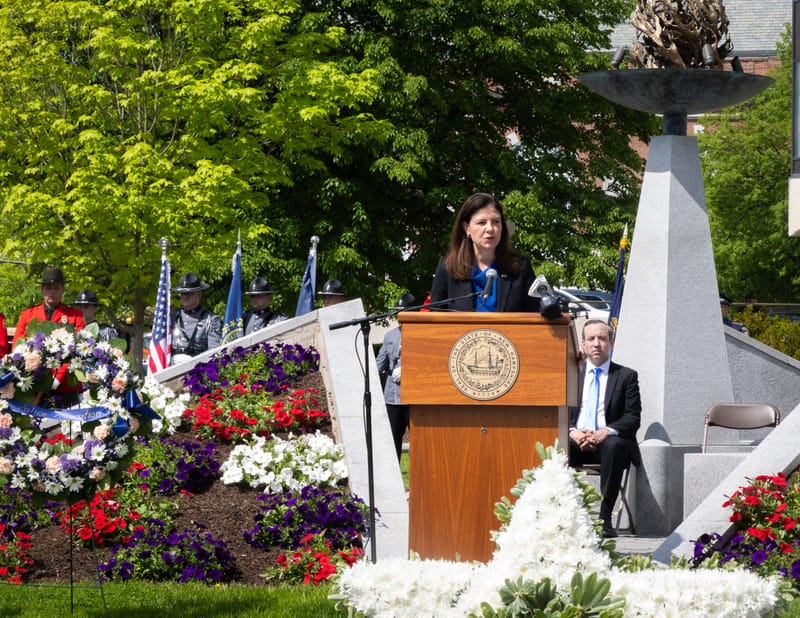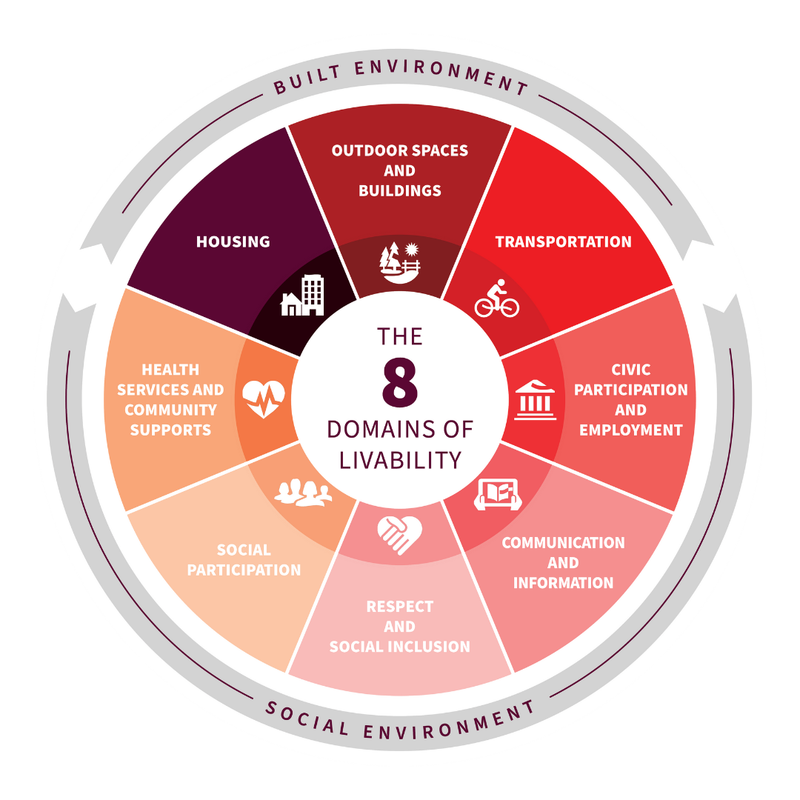The Soapbox: 2024 report for municipal sewage 30% above average in Merrimack River
The 2024 totals for municipal sewage discharge have been released indicating 896 million gallons of untreated sewage were released along the Merrimack River, about 30% above the average amount in the previous ten years. This does not account for additional partially treated sewage discharged and str

O P I N I O N
THE SOAPBOX

Stand up. Speak up. It’s your turn.
The 2024 totals for municipal sewage discharge have been released indicating 896 million gallons of untreated sewage were released along the Merrimack River, about 30% above the average amount in the previous ten years. This does not account for additional partially treated sewage discharged and street sewer overflows.
Combined sewage overflows (CSOs) occur in five cities along the Merrimack – Manchester, Nashua, Lowell, Lawrence and Haverhill. These cities have antiquated sewer lines that become overfilled during rainstorms, resulting in discharges of untreated sewage into the river. In 2024, over 90% of the total CSO volume was released in Manchester and Lowell.
According to Massachusetts law, sewer treatment plants are required to publicly report when they release sewage into the river. The reports advise that people stay out of the river for 48 hours after a release. However, the river’s complex flow and currents can make that advisory inaccurate. CSO testing last year by the Merrimack River Watershed Council (MRWC) showed that while 48 hours was more than enough time for the plume of bacteria to flow downstream, the plume often persisted longer than the recommended window, and flowed further downstream than expected.
According to Jose Tapia, MRWC’s water quality project manager, “We will refine our study of CSOs in 2025 to better understand the overflows’ effect on the river. Questions asked this year will include how long do plumes of bacteria survive in the river following a CSO and for how many miles downstream can they pose a risk to people’s health”. During the testing season, which runs April through September, volunteers and MRWC staff collect water samples from 15 locations from Manchester to Salisbury Beach and Plum Island. The samples are analyzed in MRWC’s lab.
After April 1, test results will be posted on an online interactive map after significant CSOs, accessed at www.merrimack.org.
CSO testing is primarily funded through a Mass DEP state budget line item championed by Senator Tarr and Representative Nguyen and supported by multiple Merrimack Valley lawmakers. Continued testing beyond June 30th is contingent on the line item surviving the upcoming state budget process.
Curt Rogers is Executive Director of the Merrimack River Watershed Council.
Send your submission for consideration to publisher@inklink.news, subject line: The Soapbox.





